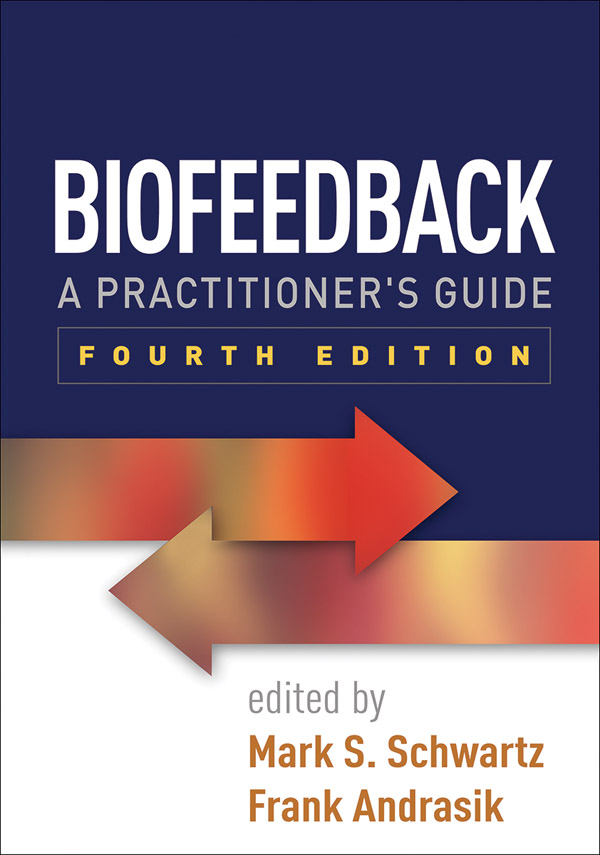Revealing the Link Between qEEG and Slumber Apnea Trends for Improved Diagnosis and Therapy
Revealing the Link Between qEEG and Slumber Apnea Trends for Improved Diagnosis and Therapy
Blog Article
Sleep apnea is a prevalent slumber condition that impacts many people throughout the world. It occurs when a individual's respiration is interrupted during slumber, resulting to poor sleep standards and multiple health concerns. One of the ways researchers and physicians are endeavoring to better comprehend and identify sleep apnea is through a method called quantitative electroencephalography, or qEEG. This approach assesses the electronic function of the brain and can provide valuable understandings into how sleep apnea impacts brain function and overall well-being.
qEEG involves placing small sensors on the head to record brain waves. These cerebral waves are then analyzed to detect patterns that may indicate sleep disorders, including sleep apnea. By analyzing these trends, healthcare professionals can gain a more precise understanding of how sleep apnea interrupts normal cerebral activity during slumber. This information can be essential for formulating effective treatment plans customized to specific clients. Understanding the connection between qEEG and sleep apnea can lead to enhanced identification techniques and superior results for those affected by this condition.
Research has demonstrated that individuals with sleep apnea often exhibit distinct alterations in their cerebral oscillation trends. For instance, during episodes of apnea, the brain may show increased function in specific regions while other regions become less active. These changes can affect how effectively a individual slumbers and how refreshed they perceive upon awakening. By using qEEG to track these cerebral oscillation patterns, physicians can recognize specific characteristics of sleep apnea in patients, which can assist in formulating a more precise identification. This is particularly important because sleep apnea can occasionally this page be confused for alternative sleep conditions, resulting to misguided therapies.
In furthermore to improving identification, qEEG can also serve a part in assessing the effectiveness of treatments for sleep apnea. For instance, after a patient begins using a constant beneficial airway pressure (CPAP) device, which helps maintain the passage open during sleep, qEEG can be utilized to evaluate alterations in cerebral function. If the cerebrum shows improved patterns of sleep after starting treatment, it may suggest that the therapy is functioning well. This response can assist physicians formulate required modifications to therapeutic strategies, guaranteeing that clients obtain the optimal treatment feasible.
In summary, the relationship between qEEG and sleep apnea patterns is an exciting area of study that offers promise for enhancing identification and therapy. By comprehending how sleep apnea affects brain function, medical professionals can formulate more effective strategies to help patients achieve improved slumber and improve their general health. As research continues to evolve, it is probable that qEEG will turn into an integral instrument in the battle against sleep apnea, resulting to better outcomes for those who suffer from this challenging condition.